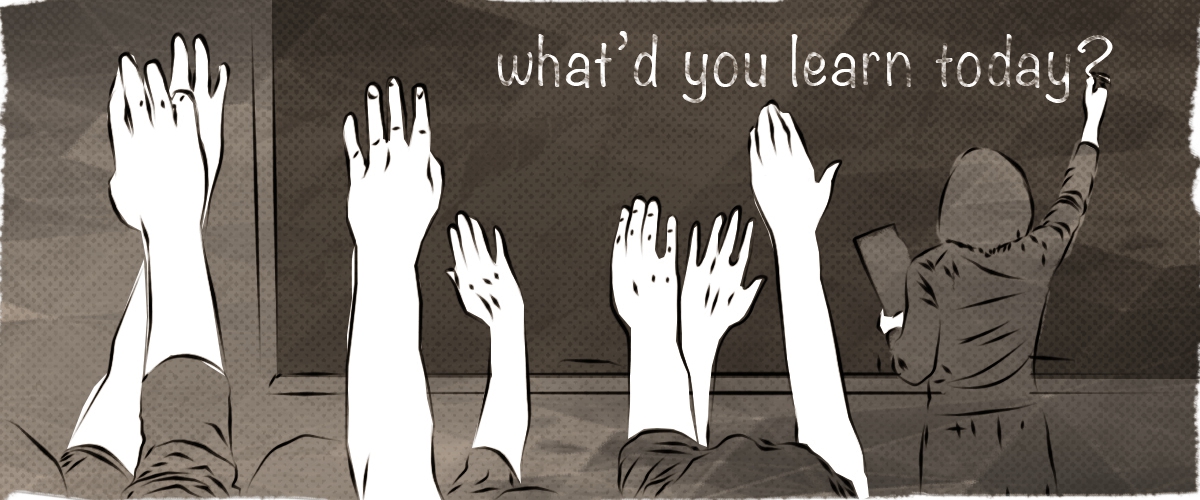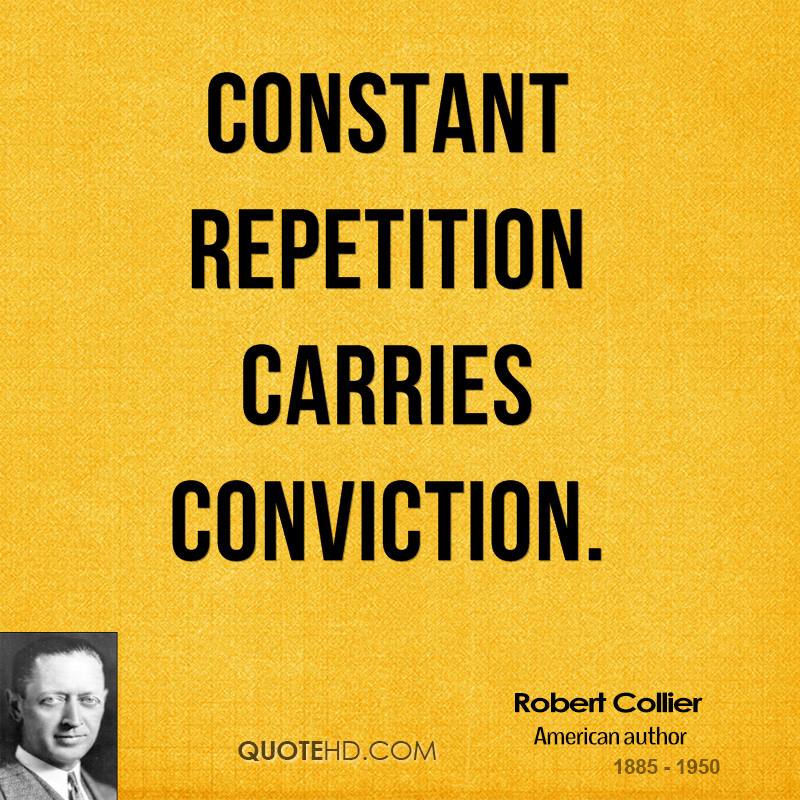
We recently celebrated our 2016 kickoff event where everyone at Peoplesource, Mike Agency, Streaming Network and Evolve Collaboration joined the Wish Group corporate team for a two day getaway.
During this time we not only celebrated milestones and discussed targets but more importantly began to learn how each individual employee could personally improve to not only benefit the company but themselves.
The professional learning this time around focused heavily on the undeniable power of social media and how it fits into the content marketing strategy for each company for the year ahead.
For months we have been trying to get the team to buy in and my frustration with why we hadn’t been harnessing the fairly low cost and highly targeted tactic to form a larger network on LinkedIn was growing. It wasn’t until getting in a room and prepping for kickoff that it was suggested that a tutorial style approach may be the way to go.
Post kickoff and that very session, it became apparent that the issue wasn’t that the team thought it was a waste of time, the issue was that they didn’t understand just how effectively it could be used to inevitably save time as well as meet overall organizational goals.
This is just one example of the importance of building learning into corporate culture, especially in a small and medium size business where everyone is sitting in the same office space day in and out.
Taking away the expectation that everyone should simply know how to conduct certain aspects of business puts the team at ease, allowing them to let their guards down and open their minds to learning something new.
Regardless of what you need your employees to learn about, building a full plan for execution will ensure that you or your senior management team has a flushed out path to follow, pulling team members on as they move forward.
Consistency

With the crazy environment that is characteristic of any small business it becomes extremely easy for something like learning how to optimize social media engagement to fall down the list of priorities behind sales calls, meetings and fulfilment of orders. Ensuring that employees continue to hear more about the topic that you’re trying to teach them about however, ensures that this remains top of mind even though it may not be the most important thing on their list. Down time and off time become easier to fill now that they recall the need to update themselves on the latest installment of information sent around. Secondly, keeping consistent shows legitimacy with regards to the importance that it holds within your organizational plans. People start believing in things the more they hear about it and it’s your job to make sure it doesn’t fall off the wayside.
Why Should I Care
As with anything else in business, the real question is “why should I care?” Your marketing messages answer that question for potential customers. Your Sales team is trained to answer that question for leads. You ask it of suppliers almost every day, so why would it be any different in this case? Build in the benefits of the new learning initiative and explain how your employees are not only going to be able to operate better at their jobs but how this will help them on a personal level as well.
Winning
Once you have people on board show wins to keep the momentum going. Results that reflect either a happy customer, an employee accomplishment or a change in the overall company’s performance are great ways to show the learning in action. Spending time on something that works becomes an easier sell down the road and acknowledging these wins will in turn build learning ambassadors down the road to help integrate learning throughout the organization at the peer level as well.
Best of luck and I hope the year ahead is full of new lessons learned.
Frank.
